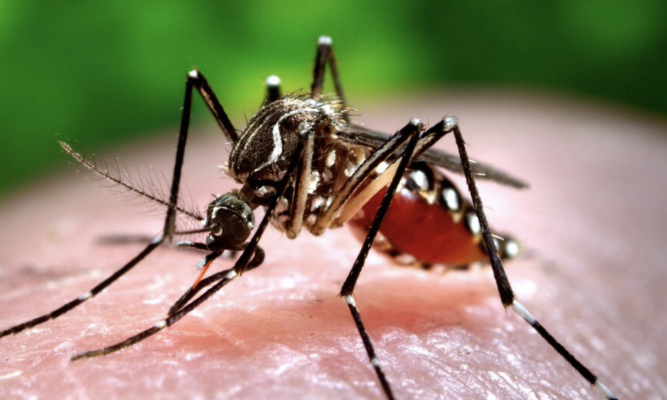WHO: Surge in Global Dengue Fever Cases Approaches Historic Peak
- Normal Liver Cells Found to Promote Cancer Metastasis to the Liver
- Nearly 80% Complete Remission: Breakthrough in ADC Anti-Tumor Treatment
- Vaccination Against Common Diseases May Prevent Dementia!
- New Alzheimer’s Disease (AD) Diagnosis and Staging Criteria
- Breakthrough in Alzheimer’s Disease: New Nasal Spray Halts Cognitive Decline by Targeting Toxic Protein
- Can the Tap Water at the Paris Olympics be Drunk Directly?
WHO: Surge in Global Dengue Fever Cases Approaches Historic Peak
- Should China be held legally responsible for the US’s $18 trillion COVID losses?
- CT Radiation Exposure Linked to Blood Cancer in Children and Adolescents
- FDA has mandated a top-level black box warning for all marketed CAR-T therapies
- Can people with high blood pressure eat peanuts?
- What is the difference between dopamine and dobutamine?
- How long can the patient live after heart stent surgery?
WHO: Surge in Global Dengue Fever Cases Approaches Historic Peak
The World Health Organization (WHO) released a report on Dec 21st stating that there has been a sharp increase in global cases of dengue fever in 2023, with over 5 million cases reported to date, approaching historical peak levels.
The report reveals that the dengue fever epidemic has been spreading since the beginning of this year, with over 5 million cases reported globally, including over 5,000 deaths related to dengue fever. The Americas region alone reported approximately 4.1 million cases.
The WHO indicates that the reported cases are likely to be underestimated due to many cases being asymptomatic, and in many countries, reporting dengue fever is not mandatory.
According to the WHO, the spread of the dengue fever epidemic is linked to various factors. Changes in the distribution of disease vectors, such as Aedes aegypti and Aedes albopictus mosquitoes, are noted, especially in countries not previously affected by dengue fever. The year 2023 has seen the impact of the El Niño phenomenon and climate change, resulting in increased temperatures, higher rainfall, and increased humidity. Additionally, some countries’ public health systems are vulnerable for various reasons.
Over the past two decades, the global incidence of dengue fever has significantly increased, posing a major challenge to public health. According to WHO data, from 2000 to 2019, the annual reported cases worldwide increased from 500,000 to 5.2 million, with the year 2019 marking a historical peak in cases.

WHO: Surge in Global Dengue Fever Cases Approaches Historic Peak
(source:internet, reference only)
Disclaimer of medicaltrend.org
Important Note: The information provided is for informational purposes only and should not be considered as medical advice.



